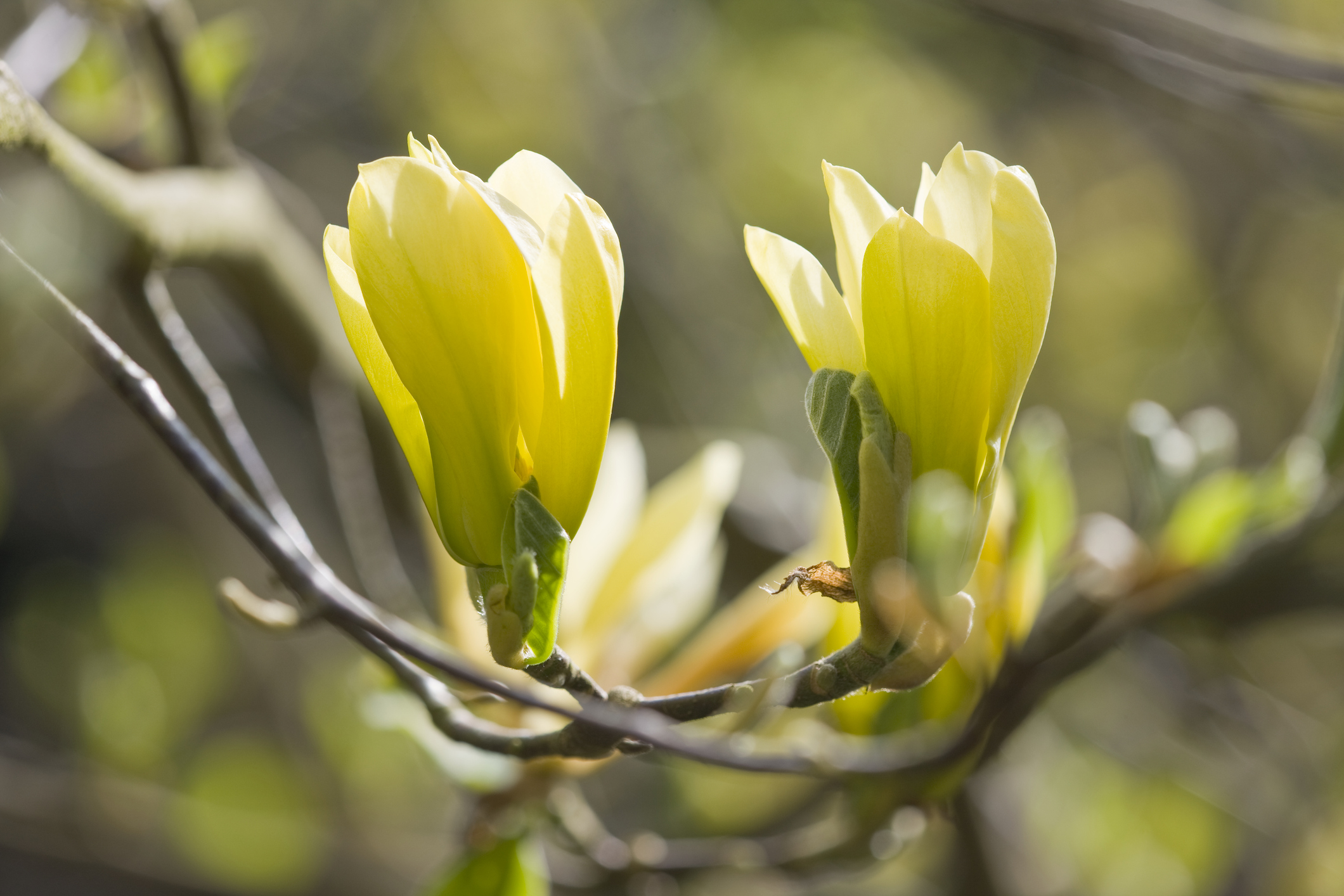How to prune a magnolia tree
Find out how to prune a magnolia tree to keep this beautiful feature of the yard healthy


Wondering how to prune a magnolia tree? There are few things to beat the sight of a magnolia tree in full bloom, so you’ll want to keep one of these thriving in order for it to produce its spectacular flowers.
Magnolia trees actually need little pruning whether you have one of the compact varieties that’s among the best trees for small gardens or a larger specimen. But both deciduous and evergreen magnolias may need pruning in specific circumstances.
In this guide, we’ve detailed when as well as how to prune a magnolia tree to help you keep one of the best trees for front yards in great shape.
How to prune a magnolia tree
Magnolias can be deciduous or evergreen. The former, which lose their leaves in winter, seldom require pruning. Evergreen magnolias need little pruning, too. However, for both there are reasons to do so, and we’ve detailed both when and how to prune a magnolia tree of both types.
Always bear in mind that you should use clean and sharp tools to prune a magnolia tree. ‘A good pair of pruning shears is probably one of the most important tools,’ advises the University of Minnesota Extension. ‘Cuts up to ¾in in diameter may be made with them. Lopping shears are similar to pruning shears, but their long handles provide greater leverage needed to cut branches up to 1½in in diameter.’
How to prune deciduous magnolia trees
One of the reasons why you should prune deciduous magnolia trees is to shape them when they are young. In this case, remove any weak growth or branches that are spoiling the overall shape of the plant.
After this, prune them as necessary to remove wood that is dead, diseased or damaged.
Design expertise in your inbox – from inspiring decorating ideas and beautiful celebrity homes to practical gardening advice and shopping round-ups.
A mature tree might produce what are known as watershoots. These vertical shoots should be removed.
If a deciduous magnolia needs to be reduced in size, or it’s become misshapen, pruning is also in order. Thin out stems to the trunk or a fork to keep the crown open and the tree shapely.
Be mindful that it is vital to reduce size or otherwise renovate a deciduous magnolia tree over two or three years to avoid stress to the tree.
In terms of when to prune a deciduous magnolia tree, they should be pruned between mid summer and early fall.
How to prune evergreen magnolia trees
Evergreen magnolia trees should be pruned in just a few circumstances.
When they’re young, the lower branches can be pruned to create a bare trunk, if you want. Long branches can also be shortened when the tree is young.
When an evergreen magnolia tree is established, dead, diseased or damaged growth should be removed.
Otherwise, an overgrown or badly shaped tree can be pruned hard, but only undertake this over the course of a few years.
As for the best timing, prune an evergreen magnolia tree in spring if this work is required. Note, however, that wall-trained evergreen magnolias (see below) should instead be pruned in summer after they’ve flowered.
How to prune wall-trained magnolia trees
If you’ve chosen to grow an evergreen magnolia against a sunny wall, pruning is a summer task because the flower buds are less likely to be removed in error. If stems are growing towards the wall, remove them.
For stems growing away from the wall, shorten to one or two leaves.
When should a magnolia tree be pruned?
When a magnolia tree should be pruned depends on whether it is deciduous, evergreen, or trained against a wall. For deciduous varieties, prune (if necessary) between mid summer and early fall.
Evergreen magnolias should be pruned (again, if required) in spring, but prune wall-trained varieties in summer after flowering.
Can you keep a magnolia tree small?
If you want to keep a magnolia tree small, it is much better to select a compact variety as some magnolia trees can become very large. The southern magnolia, Magnolia grandiflora, for example ‘is large in every respect, towering from 60 to 80 feet in height, with leaves that can be as much as a foot in length’, according to Dr William C Welch, professor and landscape horticulturist, Texas A&M University at The Southern Garden.
It’s preferable not to prune established magnolias but if a tree has become too large, it can be reduced in size.
Bear in mind, though, that to avoid stressing a magnolia tree this should be done over several years, whether it is an evergreen or deciduous magnolia.

Sarah is a freelance journalist and editor. Previously executive editor of Ideal Home, she’s specialized in interiors, property and gardens for over 20 years, and covers interior design, house design, gardens, and cleaning and organizing a home for Homes & Gardens. She’s written for websites, including Houzz, Channel 4’s flagship website, 4Homes, and Future’s T3; national newspapers, including The Guardian; and magazines including Future’s Country Homes & Interiors, Homebuilding & Renovating, Period Living, and Style at Home, as well as House Beautiful, Good Homes, Grand Designs, Homes & Antiques, LandLove and The English Home among others. It’s no big surprise that she likes to put what she writes about into practice, and is a serial house renovator.